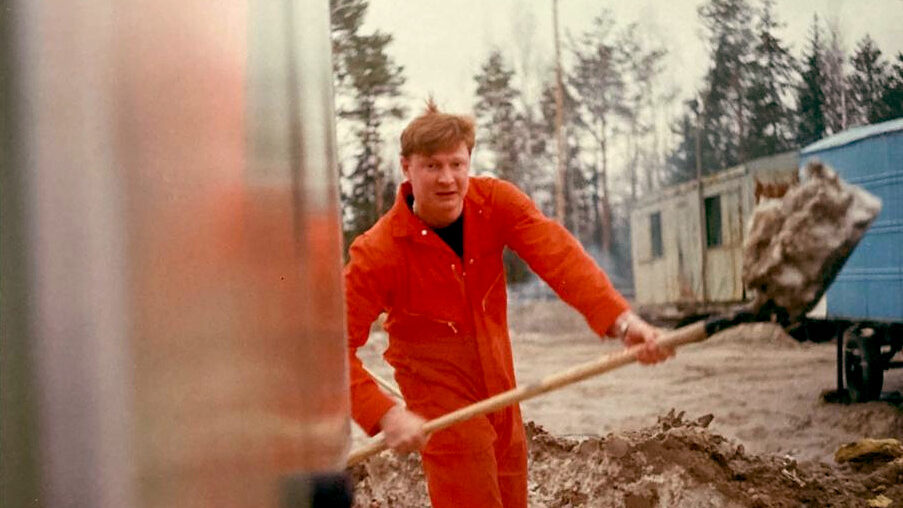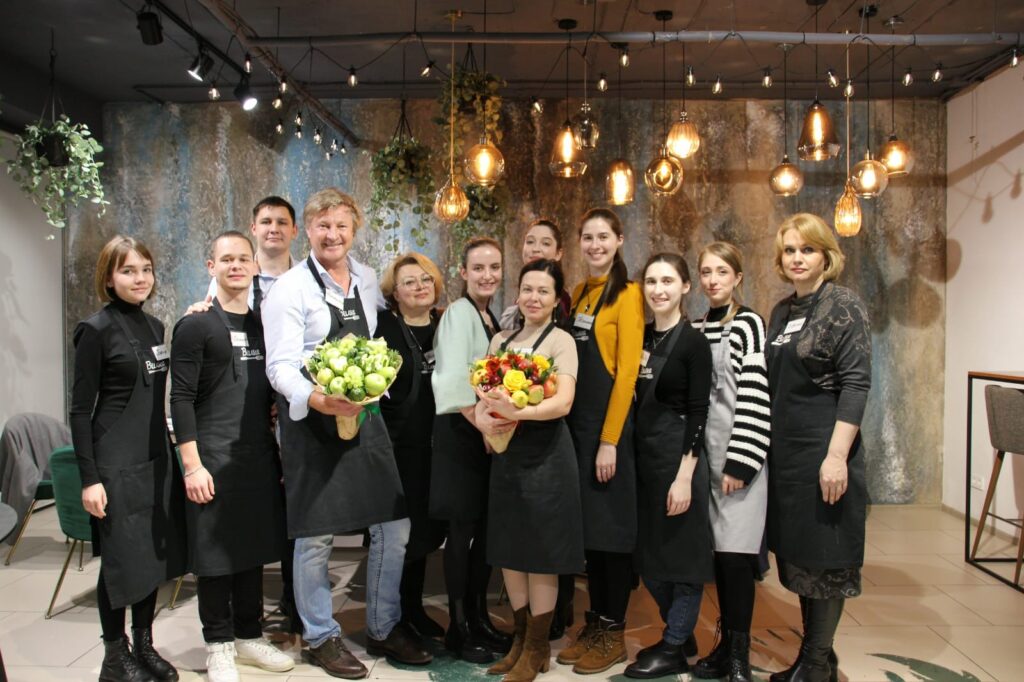My name is Vladimir Kuksov, and I want to share a story that has defined my life and continues to inspire everything I do. This is not only my journey but a collective effort, a path walked together with a dedicated team and many kind people who believed in one simple idea: education has the power to change lives.
A Question That Changed Everything
In 2014, I had no shortage of responsibilities, but something troubled me deeply. I kept seeing talented young people—bright, disciplined, and full of potential—forced to abandon their dreams.
For many, the choice was cruel: help their families by working or continue their studies without knowing how to pay for them. Some students could not afford books, travel, or participation in competitions. They had everything needed to succeed, except financial support.
The question haunted me:
What if we could give them that support?
What if we could be the helping hand that keeps the door to education open?
That simple question was enough to set everything in motion.
Taking the First Step
I knew I couldn’t do this alone. So, I gathered like-minded people who shared the same belief—that talent should never be wasted because of financial hardship. Together, we created a private competition. It was small, almost fragile, but it carried a powerful message: if you work hard and dare to dream, someone is ready to stand by you.
Starting out was not easy. We had no sponsors, little money, and no reputation to rely on. But what we did have was determination and faith. We believed that even a modest initiative could grow into something meaningful.
Looking back, that first step was the most important one. It marked the beginning of what would later become the Lomonosov 23 Charitable Foundation for Development and Education.
Facing Obstacles
The early days were full of challenges. Some people doubted us. Others questioned why anyone should invest time and resources into supporting education for strangers.
Fundraising was a constant uphill battle. Convincing schools and parents to trust us took patience. Building a system that was transparent and fair required countless hours. There were moments when the obstacles felt overwhelming.
But every time a young person told us how our support gave them hope, we knew we had to keep going. Every success story fueled our will to continue.
Building Together
What began as a small competition started to grow, step by step. Teachers joined in, offering mentorship. Volunteers shared their time and expertise. Friends and colleagues supported us with advice, donations, and encouragement.
It became clear that we were not alone. Many people believed in the same vision: that every young person, regardless of social background, deserves the chance to receive a good education.
This sense of community transformed our project into a foundation. It was no longer just a competition—it became a structured program of scholarships and support.

Stories That Inspire
The turning point came when we saw our first group of scholarship recipients succeed. Their stories were extraordinary.
One student told us how she had almost abandoned her studies to work full-time. Thanks to the scholarship, she stayed in school and later earned a place at a prestigious university. Another student shared how he could finally afford the resources needed for his research, unlocking opportunities he never dreamed of.
These were not just success stories. They were proof that the idea worked. Proof that the effort was worth it.
Today, Lomonosov 23 proudly supports 46 scholarship recipients. Each one carries a story of perseverance, talent, and victory. And each one reminds us why we started.
Why It Matters
For us, the reward is not in numbers or recognition. The true reward is knowing that each scholarship changes more than one life.
When a student completes their education, they can help their family, inspire their community, and contribute to society. Their achievements send ripples far beyond what we can measure.
That is why we say education is not charity—it is an investment in the future.
Looking Ahead
Much has changed since that small beginning in 2014. Lomonosov 23 has grown into a foundation with a proven impact. But the work is far from over.
Every year, more students face the same difficult choice between continuing their studies or giving up. Every year, we meet new talents who only need one thing—support at the right time.
Our mission remains simple: to build bridges to education, confidence, and opportunity.

A Shared Mission
I truly believe that talent exists everywhere. It can be found in big cities and in small villages. It can come from wealthy households or from families who struggle every day. What matters is not background, but potential.
Lomonosov 23 exists to unlock that potential. But we cannot do it alone. We need mentors, educators, businesses, and communities to join us. We need people who, like us, believe that education is the key to a brighter future.
If you are reading this, you are part of this story too. You may be a student looking for hope, or a professional searching for a way to give back. Either way, this mission belongs to all of us.
The Lesson We Carry
After more than a decade, the lesson is clear: when people unite to support talent, lives change. And when lives change, the world changes too.
The journey of Lomonosov 23 has not been easy, but it has been worth every step. And the most important truth is this: the story does not belong to one person or one team. It belongs to every student, parent, volunteer, and supporter who made it possible.
That is the story of Lomonosov 23. And it is still being written.




